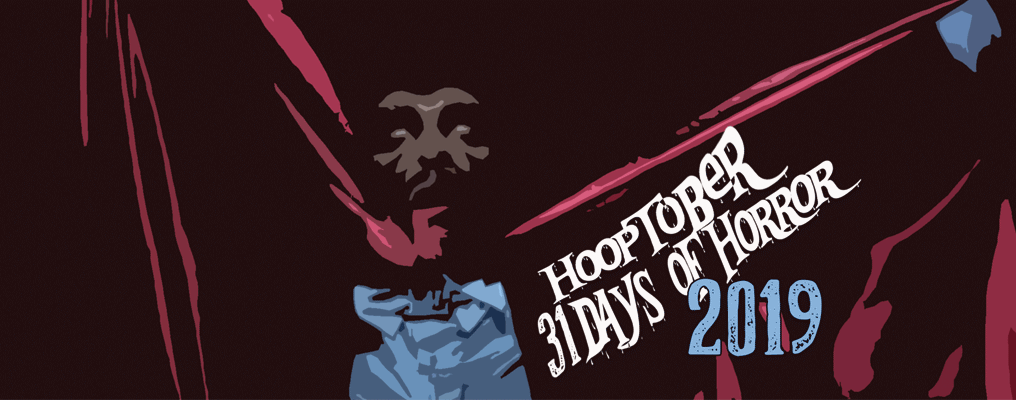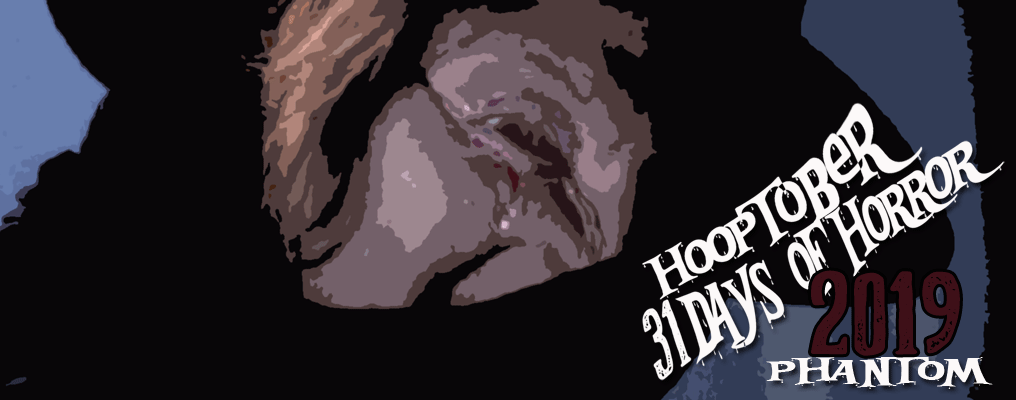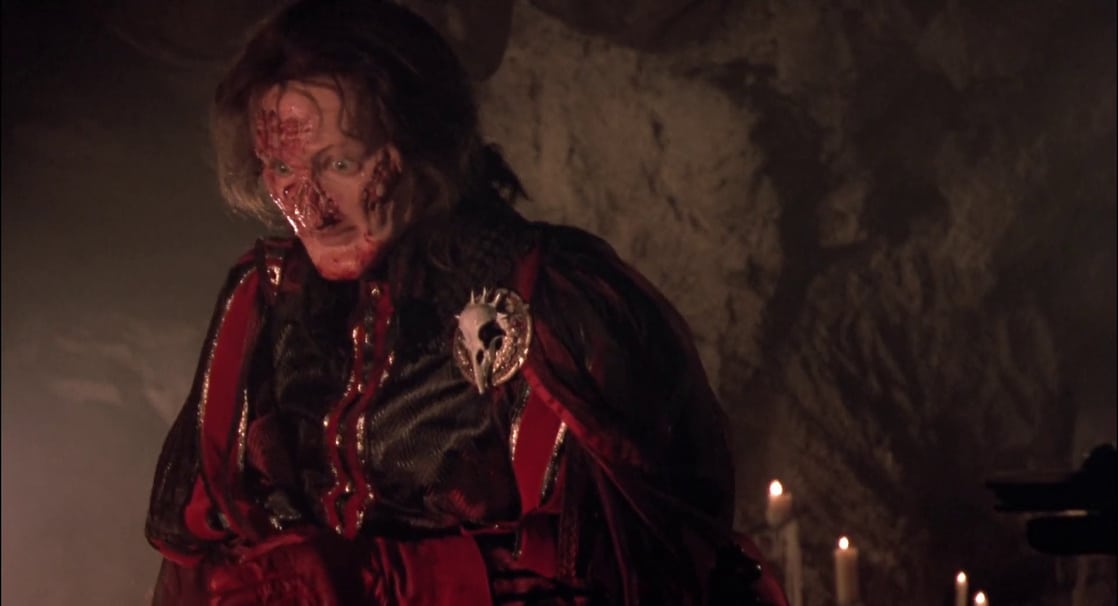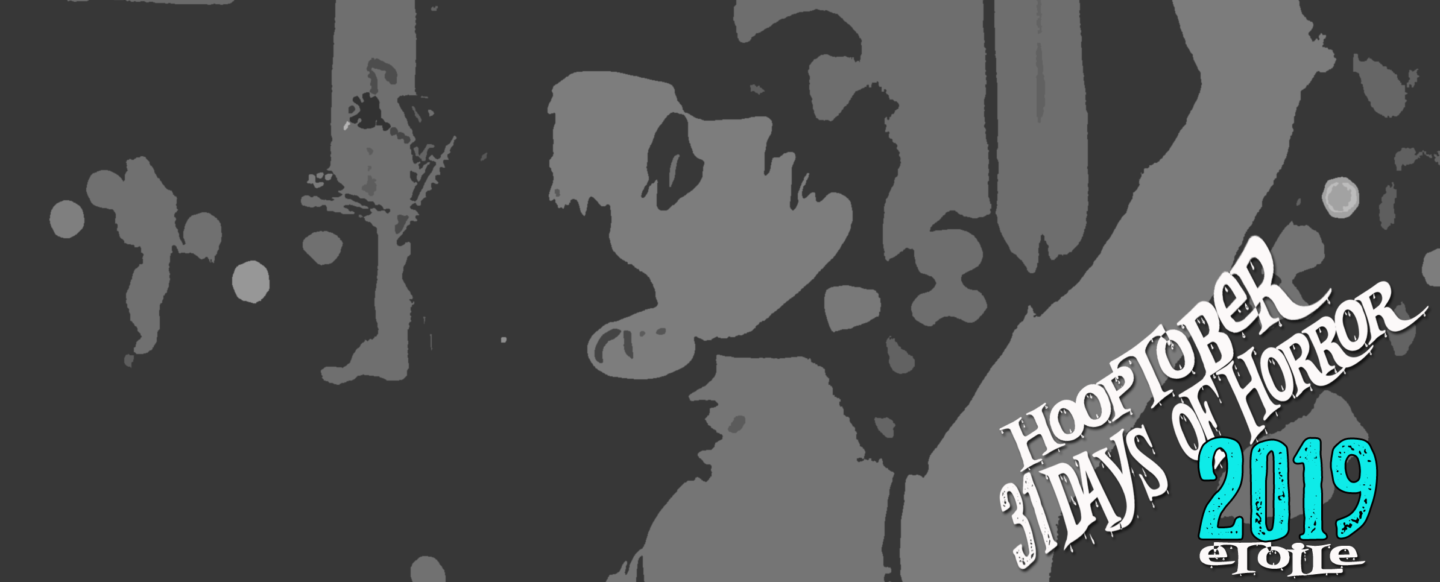#4. Blacula (1972)
 Nature of Shame:
Nature of Shame:
Clearly I should have watched Blacula by now, right? I thought so, too.
Hooptober Challenge Checklist:
Decade: 1970’s
Black director or predominantly black cast
If I were interviewing myself for the Cinema Shame podcast I’d have to ask why — why did it take so long to get around to viewing the Blaxploitation Dracula. I love 70’s horror. I dig a good Blaxploitation outing. So, I don’t really know? These movies were just never in front of me. Hootober, as it tends to do, gave me reason to order them up from my local library to fulfill my quota for a film featuring a predominantly black cast or black director.
The Blacula Elevator Pitch
Do you want the short or the long version? Short? It’s Dracula… except he’s black! Now the long, too? Okay. In the year 1780, the Abani African nation sends Prince Mamuwalde to request Count Dracula’s help in suppressing the slave trade. Dracula scoffs at his request and sorta kinda threatens to enslave his wife. Mamuwalde takes offense and fights back against the racist creature of the night but is quickly restrained by Dracula’s minions. Dracula transforms the prince into a vampire, curses him with the name “Blacula,” and seals him in a coffin beneath the castle. In 1972, two homosexual interior designers (depicted in such a way that might make our contemporary hairs stand on end) purchase the castle and unleash the cursed Prince Mamuwalde and his instantaneous vampiric muttonchops.

Even Dracula’s a Racist
The most interesting takeaway from Blacula is how the filmmakers have made vampirism a stand-in for the historical and insidious plague of racism. Though the metaphor wavers as the film unspools, Blacula has made its most profound statement by the end of the opening scene. Like the classic Universal monsters, Prince Mamuwalde/Blacula has been rendered a sympathetic villain; sent to stem the tide of slavery, Mamuwalde has been made a slave of Dracula himself. Our goodwill might waver, however, as his killing spree becomes very equal opportunity.
Nevertheless, it’s a potent foundation that suggests the subsequent 80 minutes might be more a little more carefully plotted and that American International Pictures wasn’t just trying to capitalize on the stateside success of Hammer horror titles and the Blaxplotation movement.
Once the film leaves Castle Dracula, the slavery/racism as plague metaphor gives way for narrative convenience and equal opportunity vampirism. Director William Crain appears mostly content to let the jokey title carry the film. There’s some style to his production (the title credit sequence is a beautiful thing), but the overall package suggests inexperience with the genre and the filmmaking that inspired Blacula. Loose editing and amateurish acting in supporting roles highlight the film’s budgetary constraints, and unlike those shoestring directors of Hammer, Crain seems unable to masque the film’s shortcomings. Of course, some of the film’s lasting appeal derives specifically from these ambling and only intermittent production qualities — and he can’t be faulted for pointing his camera on William Marshall and letting him work his magic.

Blacula works in as much as its star Marshall can channel his virility through the camera lens. As the title menace, he’s a powerful screen presence that elevates the film whenever he’s spreading his plague throughout the urban landscape. The tragic figure of Blacula feels more Count Yorga than Count Dracula, and Marshall transcends the typical pitfalls of Blaxploitation in crafting his character.
It wouldn’t be a difficult argument to make that Blacula isn’t actually a Blaxplotation film at all, but rather just a horror film featuring a predominantly black cast. To make the argument you’d have to really dissect representation in Blaxploitation films and to whom films like Shaft and Coffy are actually catering through their more exploitative urban elements. (I don’t have that kind of time this afternoon — sorry!) Mamuwalde’s a statement of black pride and power gleefully unshackled from the complicated expectations that come along with the kitschy tagline about him being “Dracula’s soul brother.”
Final ‘Blacula’ Thoughts
Wonderful elements abound — aesthetic style, Marshall, Marshall’s vampiric muttonchops, the score, Elisha Cook, Jr., the zip-bang of the final showdown in the chemicals plant — and Blacula didn’t disappoint, but the high points just couldn’t transcend the sloppiness of the overall production and second-act aimlessness.

Blacula is available on a Scream Factory Blu-ray alongside Scream Blacula Scream.
2019 @CinemaShame / #Hooptober Progress
- Shocker (1989) // 2. Etoile (1989) // 3. The Phantom of the Opera (1989) // #4. Blacula (1972)




 Nature of Shame:
Nature of Shame:




 Nature of Shame:
Nature of Shame:



